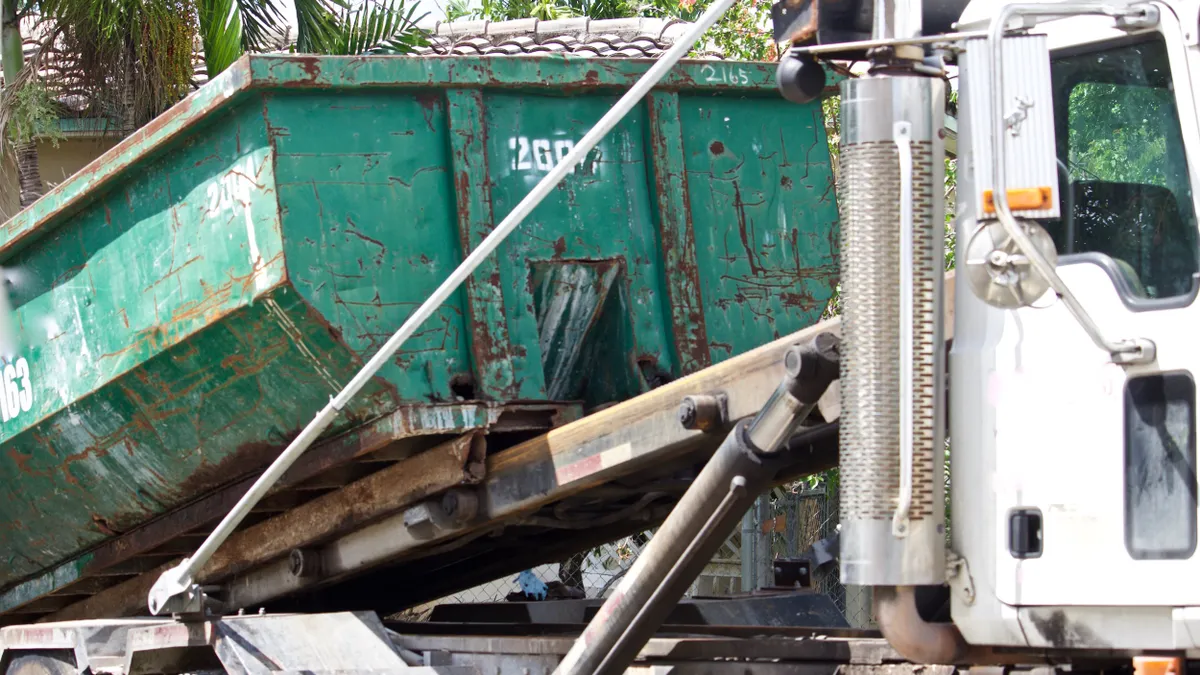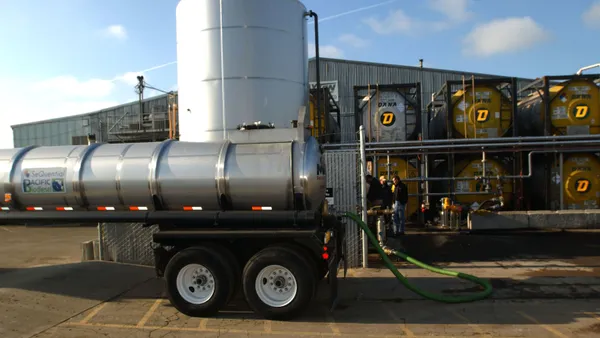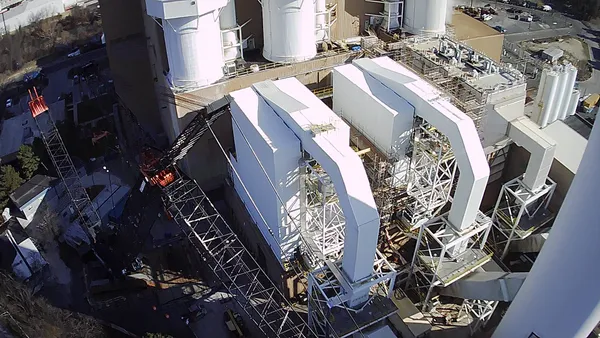Dive Brief:
- About 187 Maine towns and cities are considering new trash services starting in 2018 and, as reported in Bangor Daily News, they have two serious candidates: the Penobscot Energy Recovery Co. (PERC) and Maryland-based Fibertight. PERC is Maine’s largest waste-to-energy facility, which receives trash from several Maine towns. Fibertight has not built their WTE plant yet.
- Through their operations, PERC cut the load on Juniper Ridge Landfill in Old Town by 85% and produced enough electricity in 2013 to power 25,000 homes. But in 2018, the company will lose a power purchase agreement with Emera Maine, and its viability has resultantly come into question — though a recent analysis showed the facility can run efficiently till at least 2035. PERC would charge municipalities $89.57 per ton of waste for 10 years and $84.36 per ton for a 15-year commitment. The towns currently pay $79 per ton before rebates.
- The Municipal Review Committee (MRC) is also considering contracting for service from a $67 million facility slated to be built in Hampden. Fiberight, who would own the plant, plans to use organic materials in the waste stream, such as food scraps and yard waste, to produce biogas. Towns would pay a $70 per ton tipping fee for the first year, which would be adjusted annually based on the company’s operating expenses and revenues. Towns would be eligible for rebates for providing more than 180,000 tons of waste. Fiberight intends to find investors to support construction and Covanta has publicly said it’s interested in investing.
Dive Insight:
Waste-to-energy is catching on as more municipalities look for renewable resources and a way to reduce landfill burden. Bob Knudsen, vice president of operations for USA Energy Group — which has a 52% stake in PERC — said PERC’s survival depends on whether it retains most of its work in Maine, which is questionable as more towns work to reduce their unrecyclable trash. But PERC is banking on its model.
Waste-to-energy is "still the best commercial-scale technology for municipal solid waste," said Knudsen.
Meanwhile, Fiberight has its own WTE model that would create a product that the company could sell to further support trash collection in a way in addition to simply providing a place for refuse that municipalties pay for. The company would provide some of the compressed natural gas it generates as fuel for trash trucks that haul to the plant.
"This is all going to evolve over the years and decades, but what we’re installing is new, state-of-the-art infrastructure that Maine can essentially be a leader in the waste management industry rather than a follower," said Fiberight founder and CEO Craig Stuart-Paul.
The towns have a lot to think about before they decide what to do with their waste. A group of these municipalities recently commissioned a legal review of Fiberight and PERC’s contracts as a first step to best understand their options.
"There’s risk involved in this, and the degree of risk that someone can bear is what is going to determine whether they can commit to this or not," said Hermon Town Manager Roger Raymond, who was involved in the PERC contract years ago. "The more that the MRC can reduce that risk, it’s going to make it easier for them to sign up communities."














